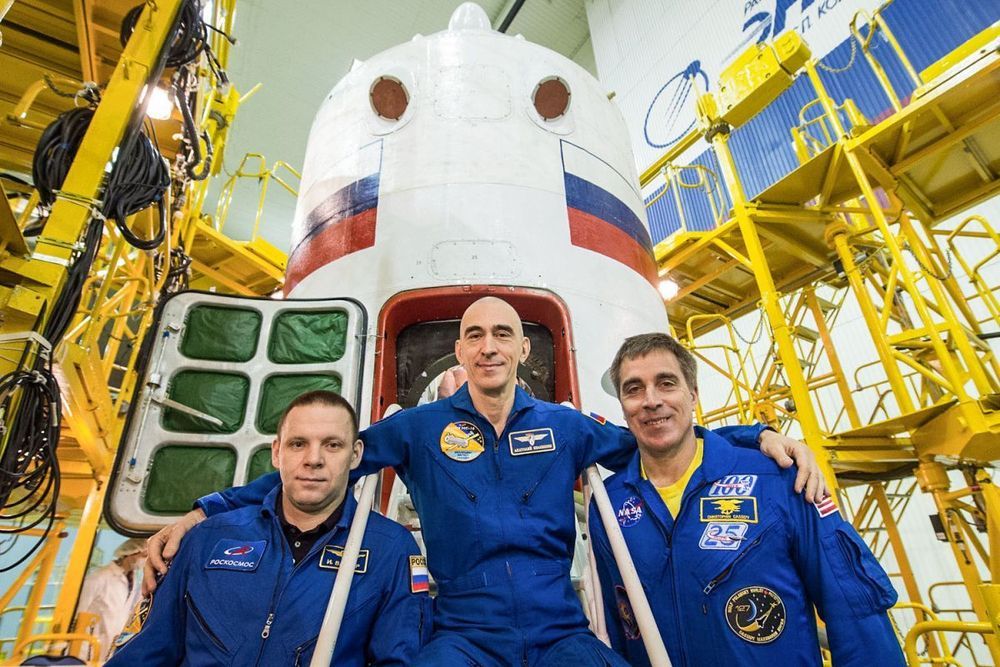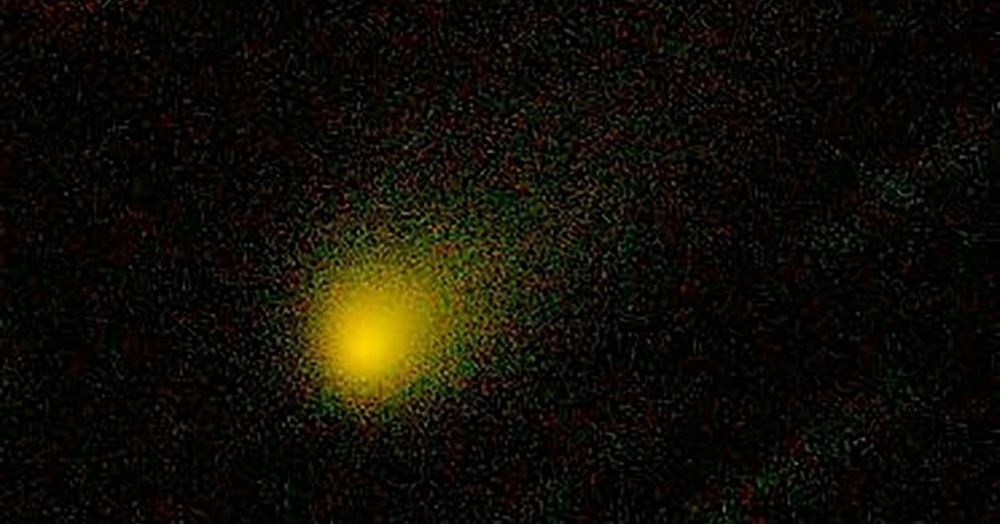It is contemplated that solving the problem of anxiety in finding an alternativeergy for coping with finite resources and exhaustion of fossil fuel resources would require a great deal of time even when mankind launches full-scale efforts and continues all-out efforts. The of an infinite power capable of supplying a clean, safe, infinite kineticergy for the and prosperity of human society with no need of consumable raw materials would improve the and wouldhance andrich the functionality thereof, would contribute to thehanced prosperity of human society, and wouldable city construction on not only the earth but also other planets.
Category: space
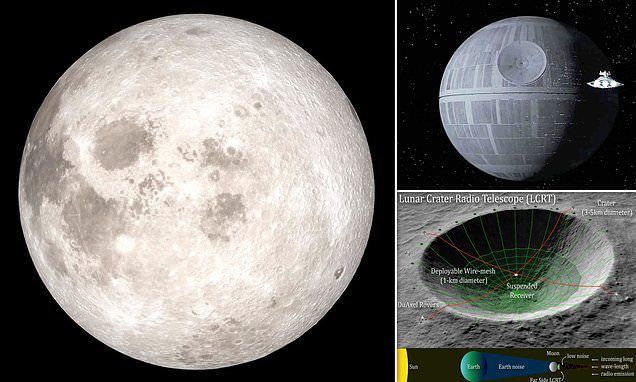
NASA reveals plans for a radio telescope on the farside of the Moon
A lunar crater on the farside of the Moon could be turned into a new radio telescope resembling the Death Star from Star Wars, under new plans from NASA.
Funding for the project has come from the NASA Innovative Advanced Concepts (NIAC) Programme, designed to support potentially game changing projects.
If the telescope is ever built it would be the largest open radio telescope in the solar system, according to the NASA team behind the idea.

The Pentagon Wants an Orbital Space Weapon to Blast Enemy Missiles
You know the scene in “Akira” where Tetsuo rips a satellite space weapon out of orbit?
https://www.youtube.com/watch?v=pxh-IjxG2KY
Now the U.S. military wants to try something similar, according to Defense One. The Pentagon is requesting hundreds of millions of dollars to ramp up space-based weaponry including particle beams and space lasers that’ll fire downward at Earthly targets — a dark vision of the militarization of space.
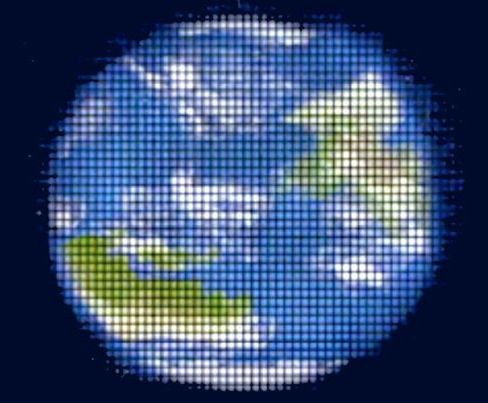
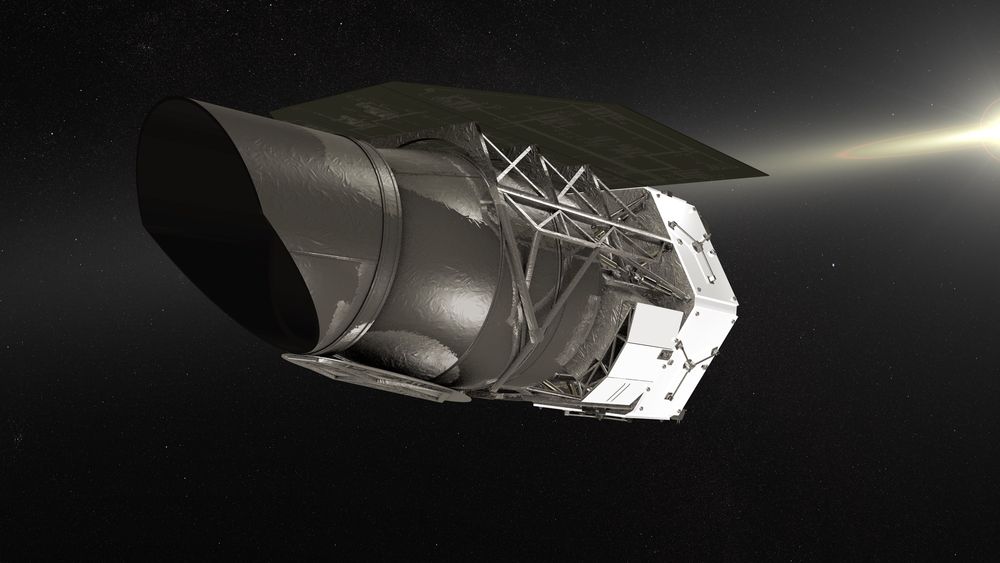
NASA’s Next Major Telescope to See the Big Picture of the Universe
Circa 2017
NASA is beginning to design its next big astrophysics mission, a space telescope that will provide the largest picture of the universe ever seen with the same depth and clarity as the Hubble Space Telescope.
Scheduled to launch in the mid-2020s, the Wide Field Infrared Survey Telescope (WFIRST) will function as Hubble’s wide-eyed cousin. While just as sensitive as Hubble’s cameras, WFIRST’s 300-megapixel Wide Field Instrument will image a sky area 100 times larger. This means a single WFIRST image will hold the equivalent detail of 100 pictures from Hubble.

A Mathematician Has Proposed a Way to Create And Manipulate Gravity
Yesterday, the physics community got hyped-up over rumours that scientists might have finally detected gravitational waves — ripples in the curvature of spacetime predicted by Einstein 100 years ago — and that their observations could be coming to a peer-reviewed journal near you soon.
So far, our understanding of how gravity affects the Universe has been limited to observations of natural gravitational fields created by distant stars and planets. In fact, gravity is the last of the four fundamental forces that humans haven’t figured out how to produce and control. But now André Füzfa, a mathematician at the University of Namur in Belgium, has published a paper proposing a device that could do just that — albeit in tiny doses. And it wouldn’t require any new technology.
Let’s be clear, we’re talking about incredibly small gravitational fields here, not the type of ‘artificial gravity’ that’s used throughout science fiction to keep characters on shows like Star Trek and Battlestar Galactica walking, not floating, around spacecraft. As yet, that technology isn’t possible.
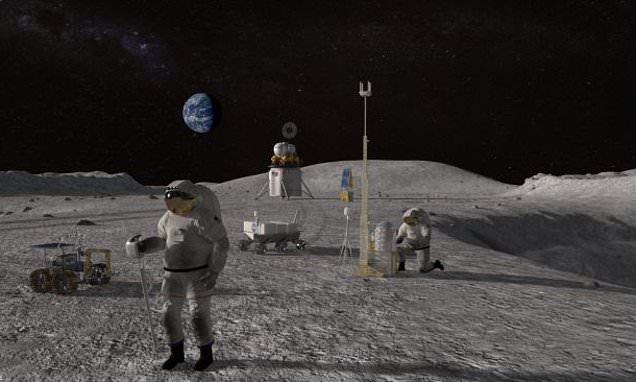
NASA reveals its plan for ‘Artemis Base Camp’ on the moon
NASA has released a detailed plan for an ‘Artemis Base Camp’ that will be home to first woman and next man on the moon in 2024.
The 13-page document highlights elements such as a terrain vehicle for transporting the astronauts around the landing zone, a permanent habit and a mobility platform to travel across the lunar surface.
The plans suggest a crew of four astronauts would call the moon home for a week at a time, but also describes accommodations with water, waste disposal systems and radiation shields if their time is extended.
